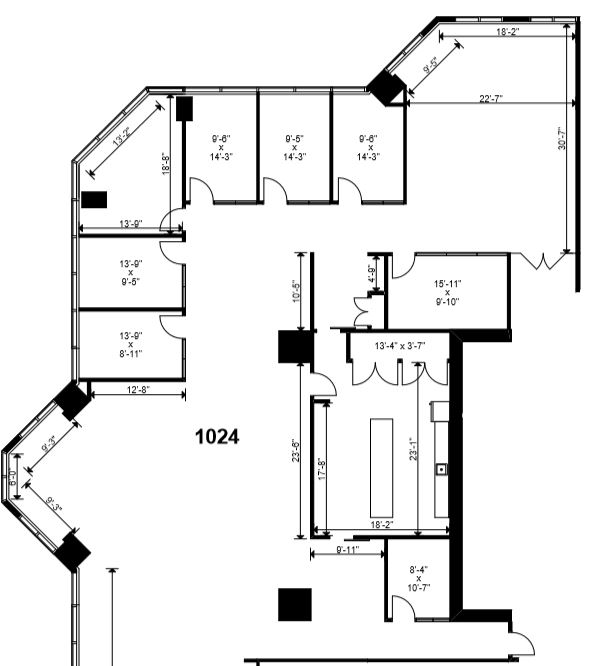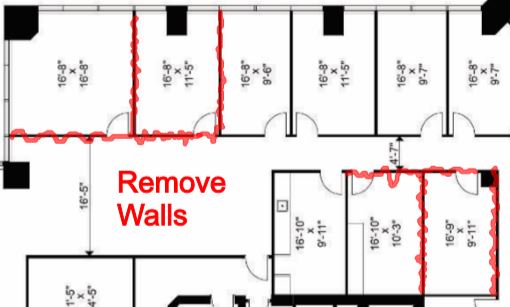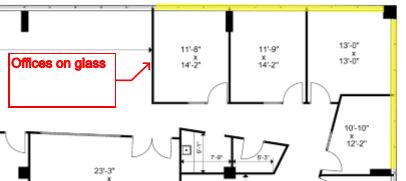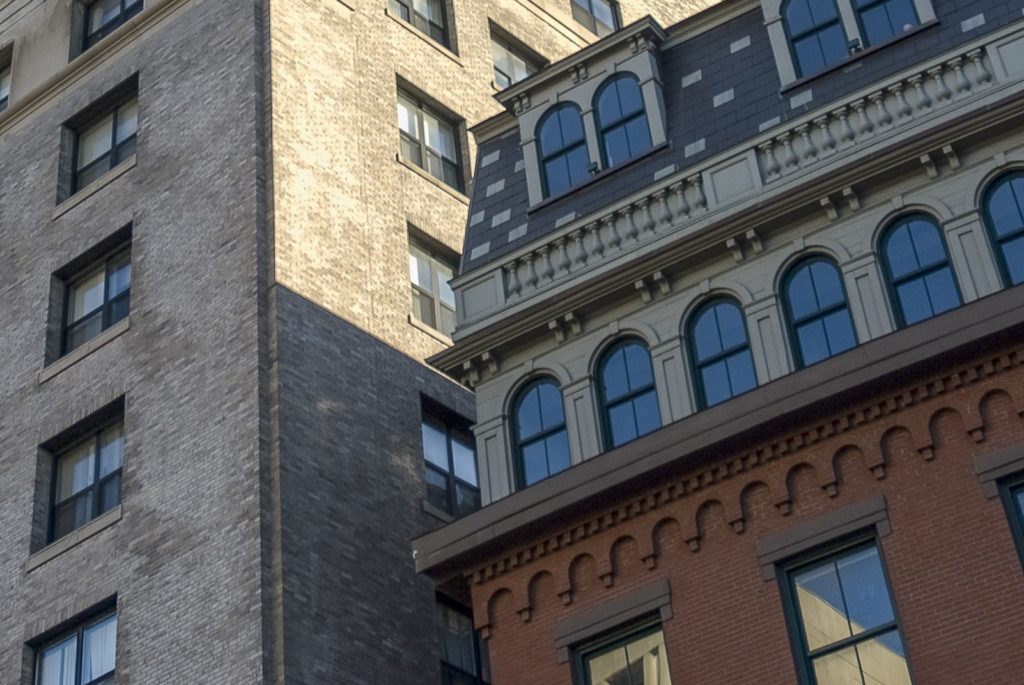
It doesn’t matter if you are looking for office space in Kanata, Nepean, Centretown, Downtown or Orleans, sooner or later, you’ll conclude that fully constructing a space from scratch can cost you more than one full year of rent. When you factor in the security deposit, and relocation, IT setup and furniture costs, you may not have the budget to fully construct a space. Yes, amortizing the construction costs into your lease may be an option, but the landlord may be unwilling to provide a large leasehold improvement allowance, or the allowance may come with an increase in rent that is beyond your budget. Even if you have the budget for renovations, if you need the space quickly, you may not have time to locate options, complete construction drawings, submit for a permit, and build out a space.
This may seem obvious, but when you are trying to lease space without the budget for leasehold improvements or time for full construction, you are looking for options that are ready to move into, with as few modifications as possible. What may not be obvious is how challenging it can be to find options where former tenants have already spent the money to build a space, and there is actual residual value in the leasehold improvements they left behind. Most of the options with existing improvements that you’ll find have layouts that may not support the way your team works, are worn out or feature designs from a foregone era.
When I know that my client doesn’t have the time and/or budget for extensive leasehold improvements, there are a few steps that I have learned to take that can improve the odds of finding potential leasing options. Before you initiate a search for options with limited time and budget, I highly recommend you follow these five steps:
1. Request a floor plan
You would be surprised how often people tour leasing options without an understanding of the existing layout. If you don’t have the budget to renovate a space completely, a floor plan can tell you a lot about how an office is going to feel and if it’s suitable for you. Also, if there are dimensions on the floor plan, it can be really helpful to figure out if the size of the existing rooms are adequate for your intended use. For example, a 250 sq. ft. meeting room is likely enough for a meeting of 8 to 10 people around a table, but it is way too small if you plan to seat 12+ people.

2. Review the location of the walls
Most of the time, it is more cost-effective to remove walls than it is to build them. When you add walls, you are typically adding doors, frames, door hardware, glazing, electrical outlets, HVAC distribution, and lighting – not just a few linear feet of drywall. If you can’t find the perfect layout, look for spaces that have more offices and meeting rooms then you need. Taking down a few walls can be a cost-effective way of transforming a space.

3. Note the location of the windows
The vast majority of people like to have access to natural light while they work. A quick review of a floor plan will tell you what areas and rooms of the space have windows. If the windows are in an open concept area, remember that once you get approximately 25 feet away from a window, you start to lose the benefit of the natural light.


4. Consider the location on the floor
Figure out where the suite is located on the floor of the building. Then, look at an aerial image of the building, try street view, or do a drive-by to check what the windows of the space face. There are many times when spaces have extensive windows, but they look right into another building. Although it’s great to have neighbours, this will likely impact how bright the space will feel.

5. Check for plumbing
Supplying water to a space can be expensive and adding the required drain can be reeaallly expensive. Even if you have to replace the flooring and cabinetry in a kitchen, not having to add plumbing is a definite bonus.

Once you’ve gone through these steps, you’ll be able to strike a few options off your list and focus your energy on spaces that you can lease and take occupancy on time without breaking your budget on leasehold improvements.
Do you have a question? Email at jeff.daniels@royallepagecommercial.com


